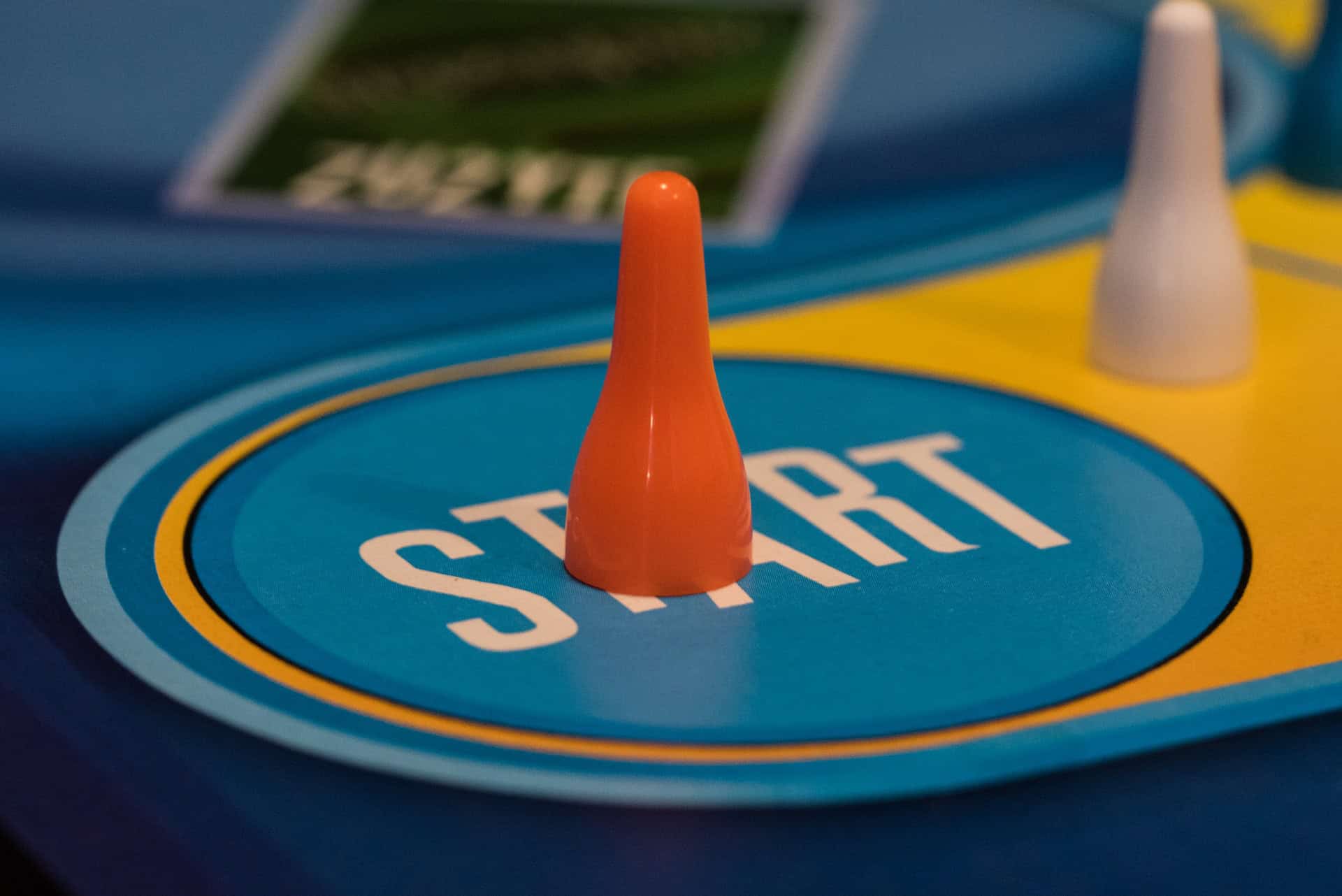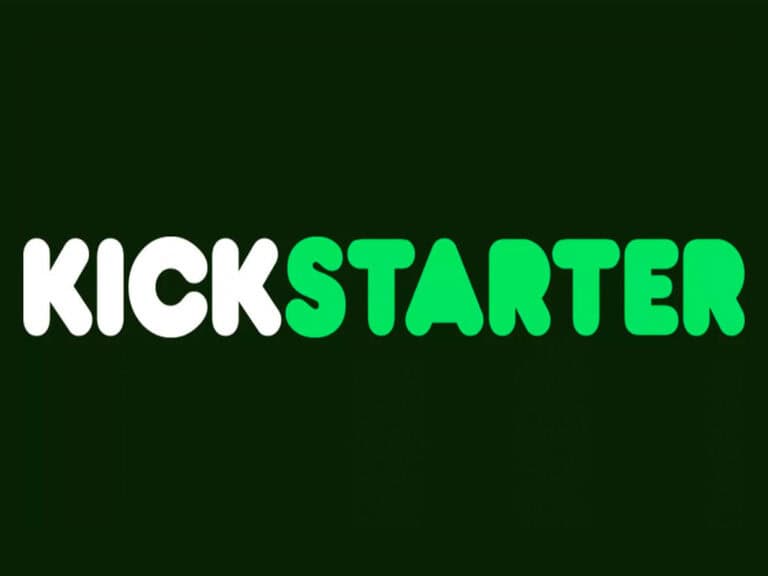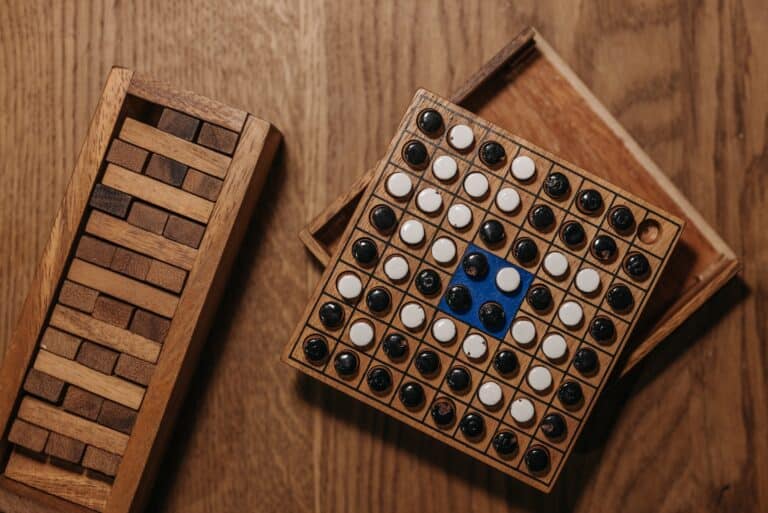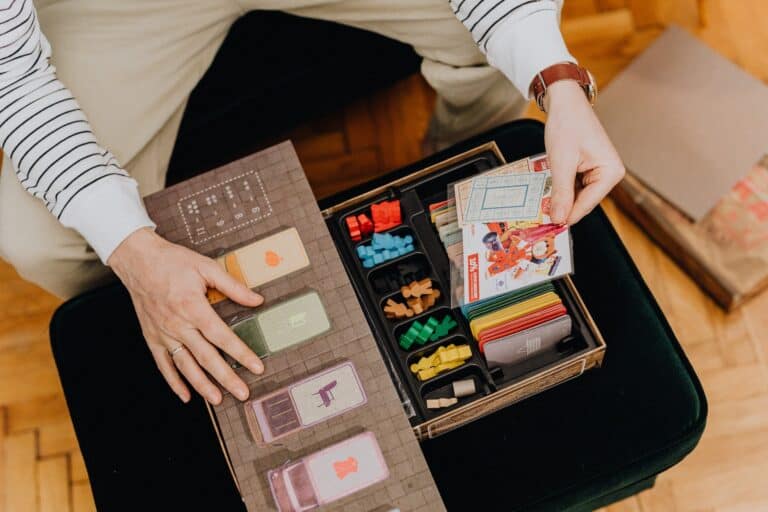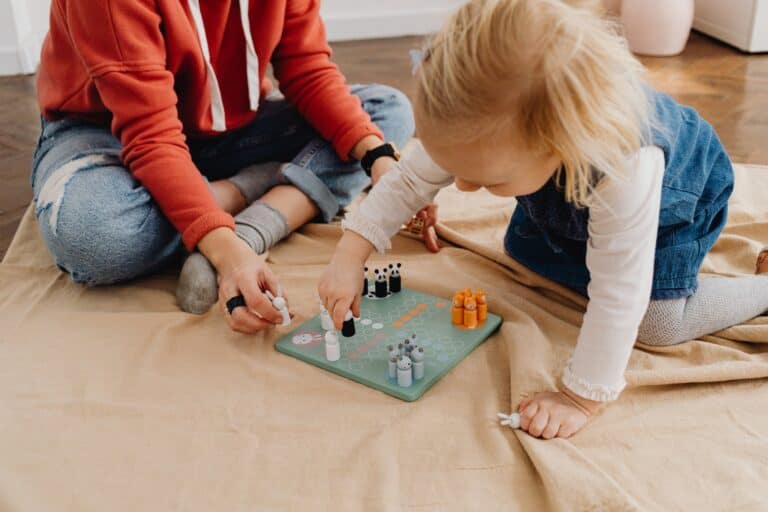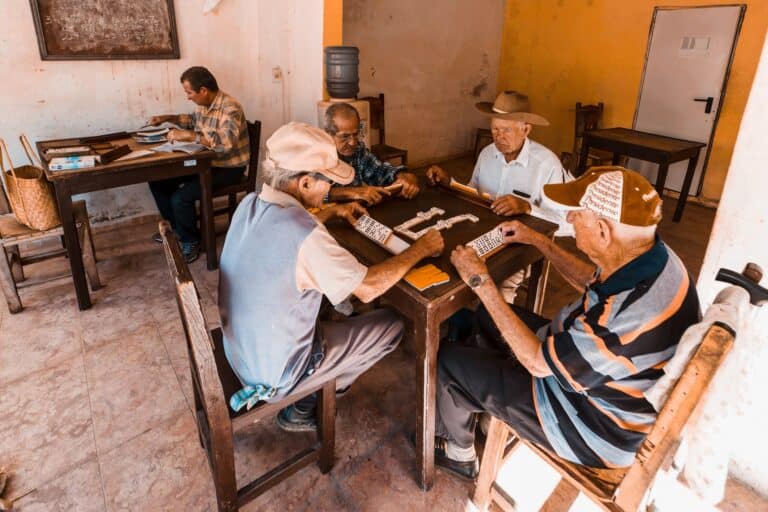Board Game Design for Educational Purposes: A Guide to Merging Learning and Fun
The Allure of Board Games
Board games have long been a source of entertainment for individuals of all ages. They are more than just a pastime. They are a catalyst for social interaction, strategic thinking, and for many, a gateway to another realm where they can enact grand strategies or solve intricate puzzles. Have you ever considered that these fun-filled experiences can be powerful tools for learning as well?
“The more you’re actively engaged in learning and the more you enjoy what you’re doing, the more you’re going to learn,” says David Perell, a prominent writer and educator.
Board Games and Education: An Unexpected Alliance
Education is not just about absorbing facts. It’s about developing critical thinking skills, improving communication, and learning to solve problems creatively. This is where board games truly shine. They can turn these abstract skills into concrete actions through play.
“If you want to be a great teacher, start by designing great games,” claims Elon Musk, founder of SpaceX and Tesla.
Board games serve as the perfect medium for incorporating fun into learning. By design, they are engaging, interactive, and provide a hands-on approach to learning that traditional methods often lack.
Unveiling the Magic: Key Components of Educational Board Games
Designing an educational board game requires a balance between fun gameplay and effective learning. The best educational games are those where learning outcomes are seamlessly intertwined with gameplay mechanics.
- Learning Outcomes: Start by identifying what the players should learn from the game. Whether it’s math skills, vocabulary, or historical facts, the learning outcomes will guide the rest of the design process.
- Engaging Gameplay: An educational game should first and foremost be a good game. It should offer intriguing strategies, meaningful decisions, and enough variety to remain interesting over multiple plays.
- Interactivity: Games that foster interaction help develop social skills like communication, cooperation, and negotiation.
- Feedback and Progression: Players should be able to see their progress and get feedback on their decisions. This enhances the learning process and motivates further play.
Patrick Bet-David, founder of Valuetainment, reinforces the significance of incorporating fun into education: “If you want to make education truly effective, wrap it in fun. Make it a game, and they won’t even realize they’re learning.”
A Framework for Designing Your Own Educational Board Game
Creating a board game may seem daunting, but by breaking it down into manageable steps, it becomes a feasible and fun project. Here’s a simplified process to guide you in designing your own educational board game.
- Identify Your Learning Goals: What should players learn from your game? Identify these learning objectives before diving into the game mechanics.
- Design the Mechanics: Next, think about the gameplay. How do players interact with the game and with each other? How do they progress, and how do they win?
- Integrate the Learning: Find ways to weave the learning goals into the mechanics of the game. The key here is to ensure that understanding and using the educational content is essential to succeeding in the game.
- Prototype and Playtest: Create a simple prototype of your game and test it. Feedback is crucial in this stage to improve and refine your design.
- Iterate and Improve: Use the feedback to make revisions. This is an ongoing process of playtesting and refining until the game is ready for the final design.
Remember, “It’s fine to celebrate success, but it’s more important to heed the lessons of failure,” as Bill Gates, co-founder of Microsoft, once remarked. Yes, we’re bending the rules a bit with a Bill Gates quote, but when it comes to the iterative process of game design, these words ring especially true.
Conclusion: The Future of Learning is Fun
Educational board games are a brilliant combination of learning and fun, transforming the way we approach education. By designing these games, you are contributing to this innovative learning revolution. So why not turn your next educational goal into a fun and interactive board game?
One memorable day in high school, a math teacher surprised us by replacing the usual trigonometry lesson with a board game. The game was about climbing a mountain, and to progress, we had to solve trigonometry problems. Our competitive spirits ignited. We battled, we laughed, and without even realizing it, we learned more about trigonometry that day than we had in a month’s worth of lectures. And, I have to confess, I was quite proud to be the first to reach the summit! This fond memory remains with me as a reminder of the potential of board games as powerful educational tools.
FAQs
What are some examples of educational board games?
Answer: Some popular educational board games include “Scrabble” for vocabulary, “Ticket to Ride” for geography, and “Pandemic” for cooperative strategy and problem-solving.
How do board games benefit learning?
Answer: Board games promote active learning, improve memory retention, and develop critical thinking. They also enhance social skills and provide a hands-on learning experience.
How can I make my educational board game engaging?
Answer: Make sure the game includes interesting choices, player interaction, and a balance of skill and luck. The learning component should be seamlessly integrated with the game mechanics.
Keywords: Board Game Design, Educational Board Games, Learning through Fun, Educational Tools, Game-based Learning
References: BoardGameGeek, Education Week, Learning Science, TeachThought

